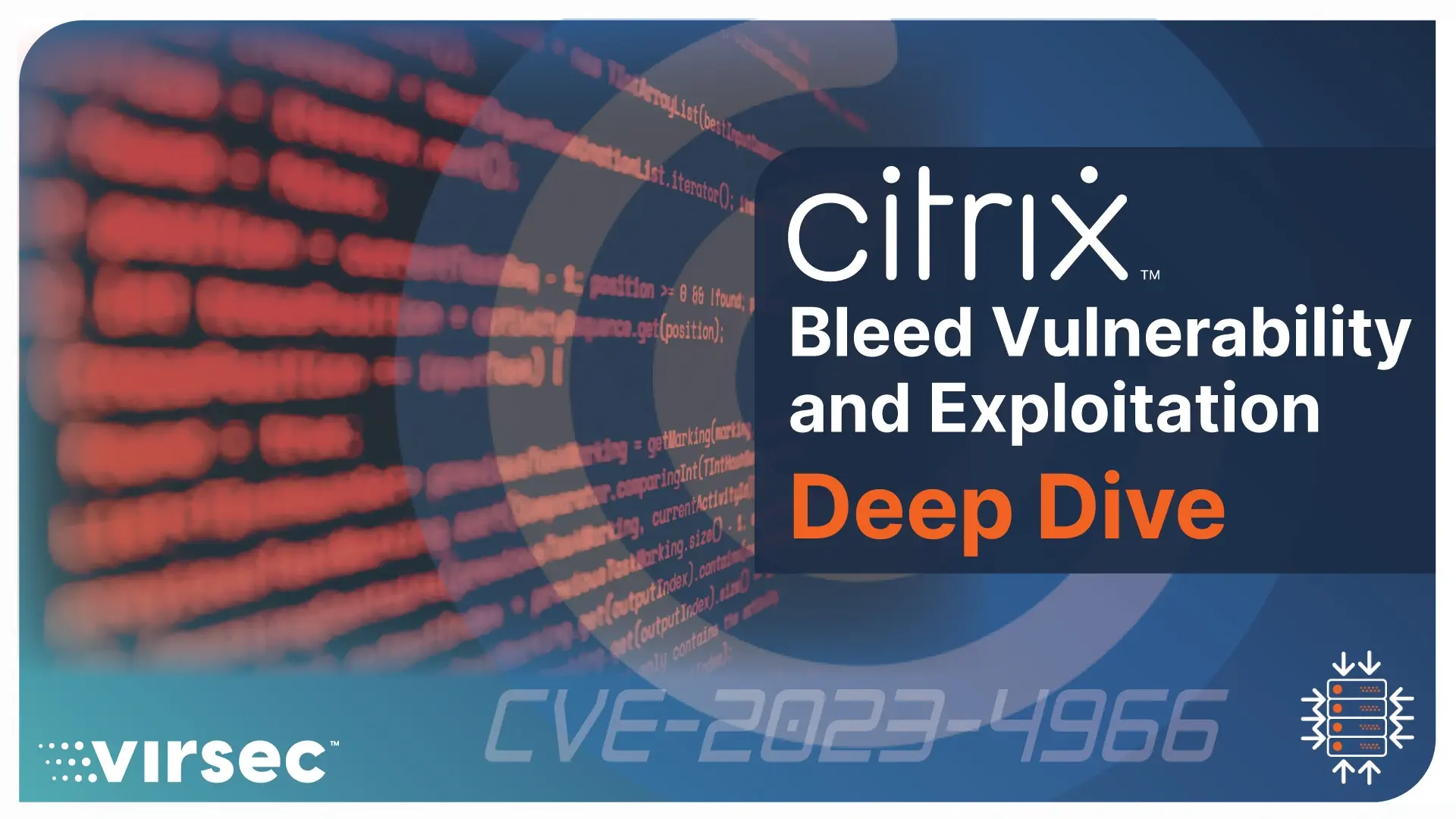Concerns about cybersecurity incidents have steadily increased over the years, sparking widespread attention. It is critical for state and local governments to prioritize and establish a robust, comprehensive, and resilient digital defense strategy. Given their role as custodians of sensitive citizen data and providers of vital services, the need for a strong cybersecurity posture is more important than ever. This blog provides a detailed exploration of the crucial importance of cybersecurity for public institutions. It highlights the significance of cybersecurity readiness and delves into effective and proactive strategies for mitigating and countering cyber threats, ensuring the protection of critical infrastructure and citizen information.
Cybersecurity: A Public Sector Imperative
Securing Citizen Data against Data Breaches
The public sector collects and stores a significant amount of personal information, including but not limited to tax records and health data. This data is highly sought after by cybercriminals, making state and local government databases prime targets for potential data breaches. If these breaches were to occur, the consequences could be severe, involving substantial financial losses, identity theft, and a decline in public trust in government institutions. To protect this sensitive information, it is essential to implement robust application security frameworks and establish rigorous vulnerability management practices.
Ransomware: A Direct Threat to Continuity of Services
State and local government operations face significant threats from ransomware attacks, which can disrupt critical infrastructure such as traffic control systems and emergency response units. Government entities must proactively address these threats by implementing a robust security plan. This plan should include regular backups of crucial data and systems, continuous monitoring for ransomware signatures, and swift response protocols in the event of an attack. By taking these preemptive measures, government agencies can better ensure the continuity of their public services despite the growing threat of ransomware attacks.
Adopting Proactive Measures in the Face of Evolving Threats
The emergence of zero-day threats, a type of cyber attack in which hackers take advantage of a software vulnerability that is unknown to the developer, presents a troubling trend in cybersecurity. These attacks can occur without warning, making it exceptionally challenging for organizations to safeguard their systems and data. To effectively combat this looming threat, organizations must adopt an anticipatory approach. This can be achieved with a robust and comprehensive security infrastructure and continuous monitoring and analysis of the digital landscape as it changes. Such preventative actions are essential to fortify defenses and mitigate the impact of these unpredictable and stealthy attacks.
Advancing Security Architecture
Modern digital infrastructure’s intricate and constantly changing nature requires an extensive and multi-faceted approach to security, often known as security architecture. A well-designed security architecture plays a vital role in mitigating a wide range of cyber threats by using measures such as controlled access, robust data encryption protocols, advanced intrusion detection systems, and resilient firewalls. These security initiatives collectively form the primary defense mechanisms for safeguarding the digital fortifications of the public sector.
Application Control and Endpoint Detection and Response
Public entities must establish and enforce rigorous application control measures to proactively defend against and thwart cyberattacks. This involves executing extensive protocols to validate and authorize only approved software to operate on government systems. Alongside robust application control, the utilization of advanced security solutions can significantly enhance endpoint detection and response (EDR) capabilities. These cutting-edge EDR solutions enable the swift identification and mitigation of potential threats right from their initiation, thereby bolstering the overall cybersecurity posture of government systems.
Embracing the Zero Trust Model and Server Security
In a zero-trust security model, all user and device activity is continuously verified, and trust is never assumed, irrespective of whether the access attempts originate from inside or outside the organization’s network. By applying a zero-trust framework, organizations can significantly enhance server security by tightly controlling access to sensitive data and systems, allowing access only to verified users and devices while continuously monitoring and evaluating their behavior and access privileges.
Embracing Next-Generation Security Solutions
To safeguard the integrity of governmental processes and maintain trust among the public, it is of utmost importance for state and local government agencies to prioritize establishing and maintaining robust cybersecurity measures. This entails integrating sophisticated tools and implementing cutting-edge methodologies such as application control, endpoint detection and response (EDR), and zero trust models into their security architecture. By doing so, public entities can significantly bolster their ability to thwart the ever-evolving landscape of cyber threats. The successful execution of these strategies will result in enhanced vulnerability management, thereby cultivating a more resilient public sector that is well-equipped to confront the cybersecurity challenges of both the present and the future.
Consider partnering with Virsec to explore tailored cybersecurity solutions that suit the unique needs of the public sector.




